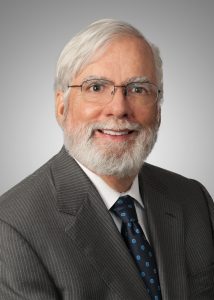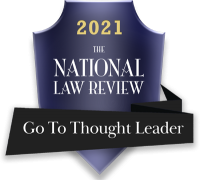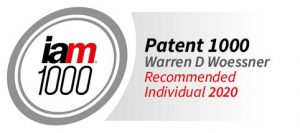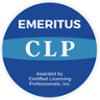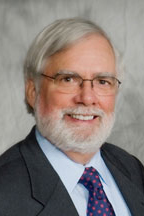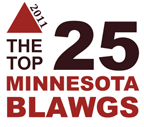On May 9th the Patent Office is hosting a forum to receive public feedback from organizations and individuals on the “Guidance”(link below). As followers of Patents4Life are well aware, I have not been shy in posting my opinions regarding patenting inventions based on a number of the “Laws of Nature.” Below is my attempt to summarize some of the points of my commentary as written feedback to the PTO. If you invent or prosecute in this arena, you are already aware that Examiners are locating laws of nature, natural products, etc. in claims of all sorts, stripping away the other claim elements as conventional procedures and rejecting the claims as attempts to monopolize “natures handiwork.”
The Guidelines Contravene Decisions of the Fed. Cir./CCPA That Should Guide the Patenting of “Natural Products”
The extension of the Myriad Supreme Court decision barring patents on fragments of DNA isolated from the human genome did not require the formulation of PTO Guidelines barring patents on “Natural Products” unless they are structurally altered from their condition in nature (e.g., in their natural source). In re Bergy and In re Bergstrom make it clear that isolation alone can impart s.101 novelty to natural products that are isolated and purified from their natural sources. (Bergy is precedential, Judge Lourie’s opinion notwithstanding, as can be ascertained from the description of the history of the Bergy and Chakrabarty cases as it is reproduced in Chakrabarty. What the Office should be “measuring” in the extent in change in physical properties and/or practical utility that results from the isolation/purification. A gold nugget may be minimally changed from its physical properties and/or practical utility when it is panned out of a stream. However, the microorganisms in question in Bergy and the prostaglandins in Bergstrom were of no practical use in their natural state, but became valuable biofactories or drugs following extraction and purification. (The ACLU also conceded that the isolation of a drug that occurred in a very low concentration in a tree could render it patentable, since a controlled dosage could be given.)
There Is Nothing In Recent Jurisprudence That Requires Claims To “Simple” Diagnostic Assays To Recite Additional Inventive Features.
In the area of medical diagnostics, there was no reason for the Office to rule that a claim reciting a diagnostic conclusion based on a natural correlation is not patent-eligible unless there is some further inventive aspect to the claim apart from the “If A, then B” recitation. Mayo (Prometheus) did not involve a diagnostic claim of this type – the Court simply believed that patentee had claimed the known correlation “too much drug – bad; too little drug – bad” that was known for 6-TP producing drugs like AZA. In fact, at the end of Mayo, the Court writes: “We need not determine here whether from a policy perspective, increased protection for discoveries of diagnostic laws of nature is desirable.” Why should the Office take it upon itself to decide this question?
The Intema decision, that involved the use of two or more “old” diagnostic tests to improve an earlier diagnosis, is nonprecedential. The Fed. Cir. Myriad decision invalidated one broad diagnostic claim as an “abstract idea” but the Guidelines do not purport to rely on that exception to patentability. The Guidelines are leading Examiners to strip “conventional” elements from the claims, so that the claims can be rejected as an attempt to claim a law of nature, in contravention of the Diehr decision that requires that a claim be considered as a whole.
Finally, the Guidelines state that they are not applicable to “Medical Procedures.” This term occurs in 35 USC 287(c)(1) and clearly was intended to include diagnostic testing, so long as it did not cause infringement of the enumerated types of patents. There is simply no reason for the Office to strip simple diagnostic assays from the ambit of “Medical Procedures.” This is particularly true since the Guidelines do not apply to new uses for known compounds.
The Guidelines should be withdrawn for revisions to align them with recent Fed. Cir. and S. Ct. jurisprudence. Leaving them in place will compel millions of dollars to be spent on litigation to reverse the decisions of Examiners who have been misguided by them.
Warren D Woessner, J.D. Ph.D.
Founding Shareholder
Schwegman Lundberg & Woessner, P.A.

